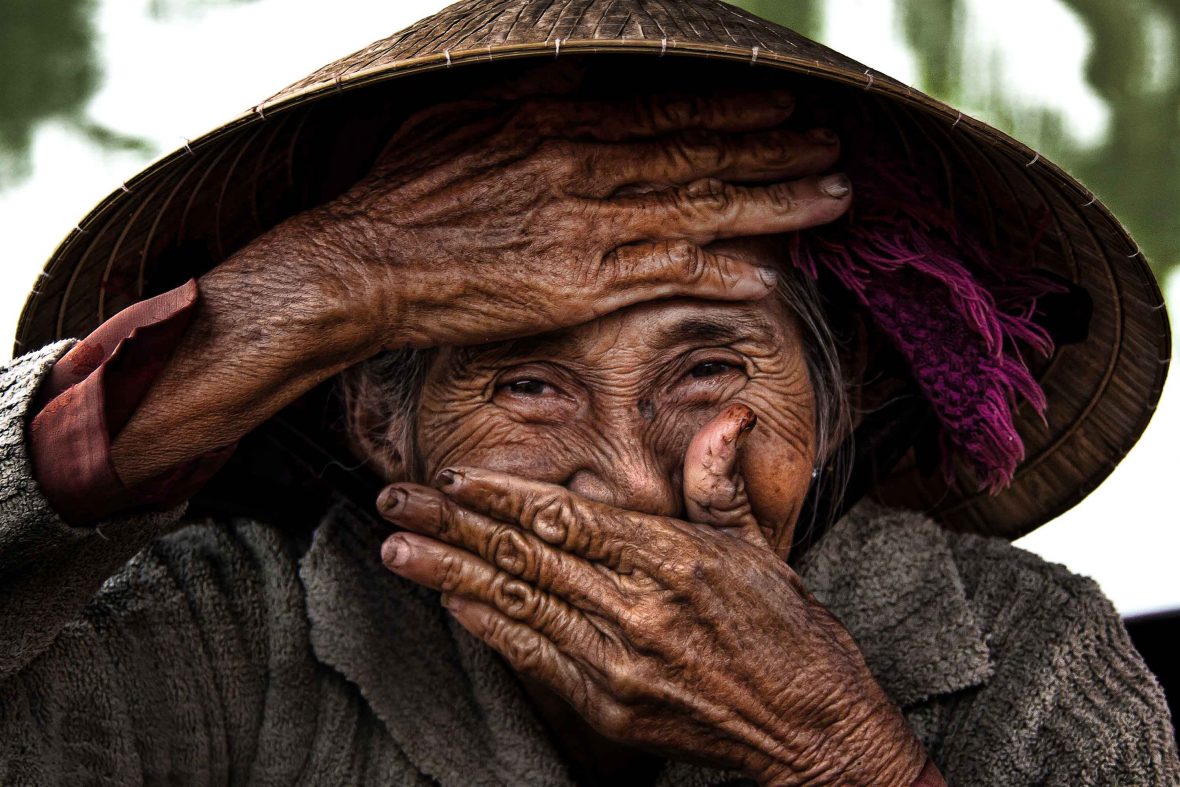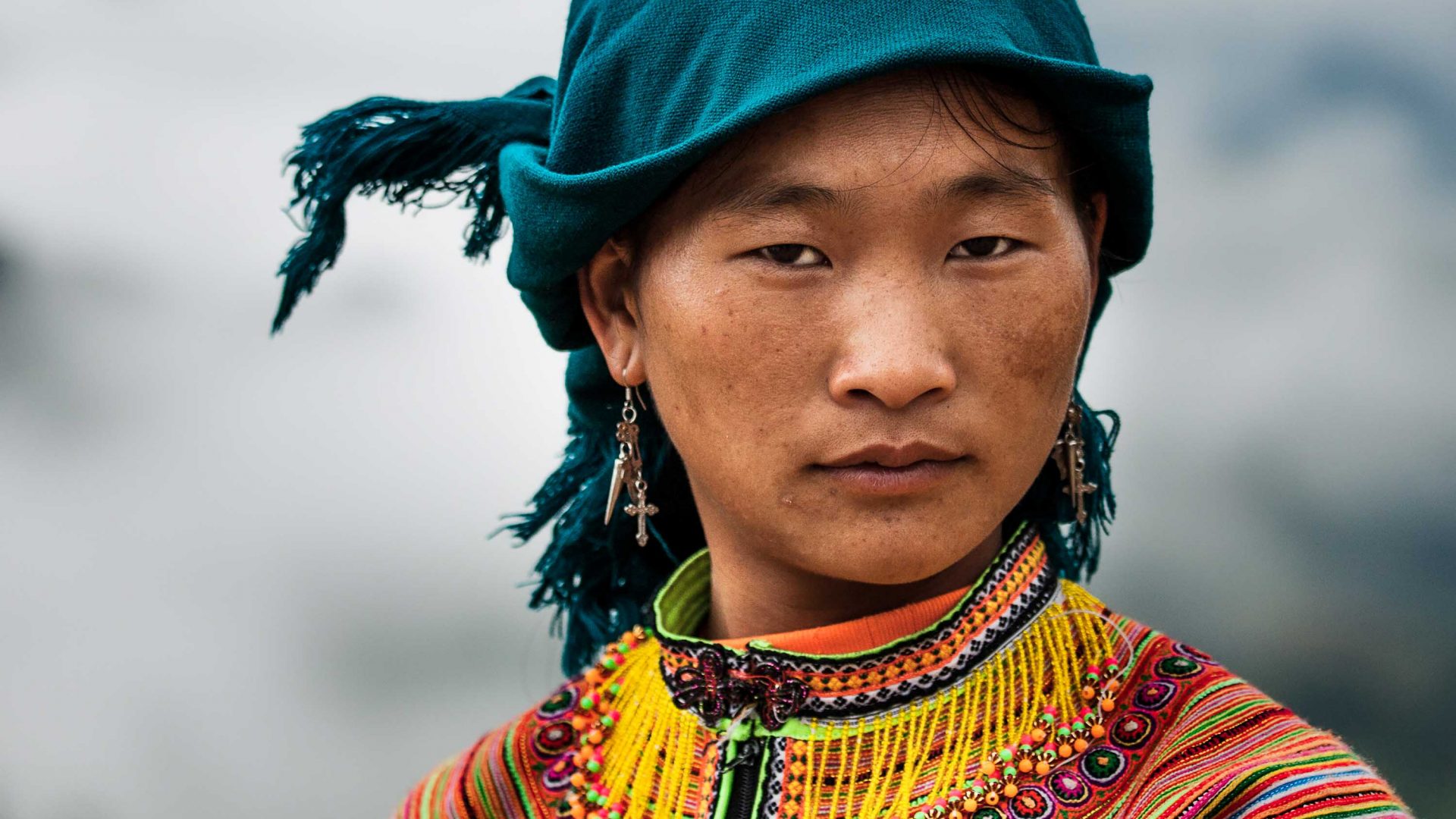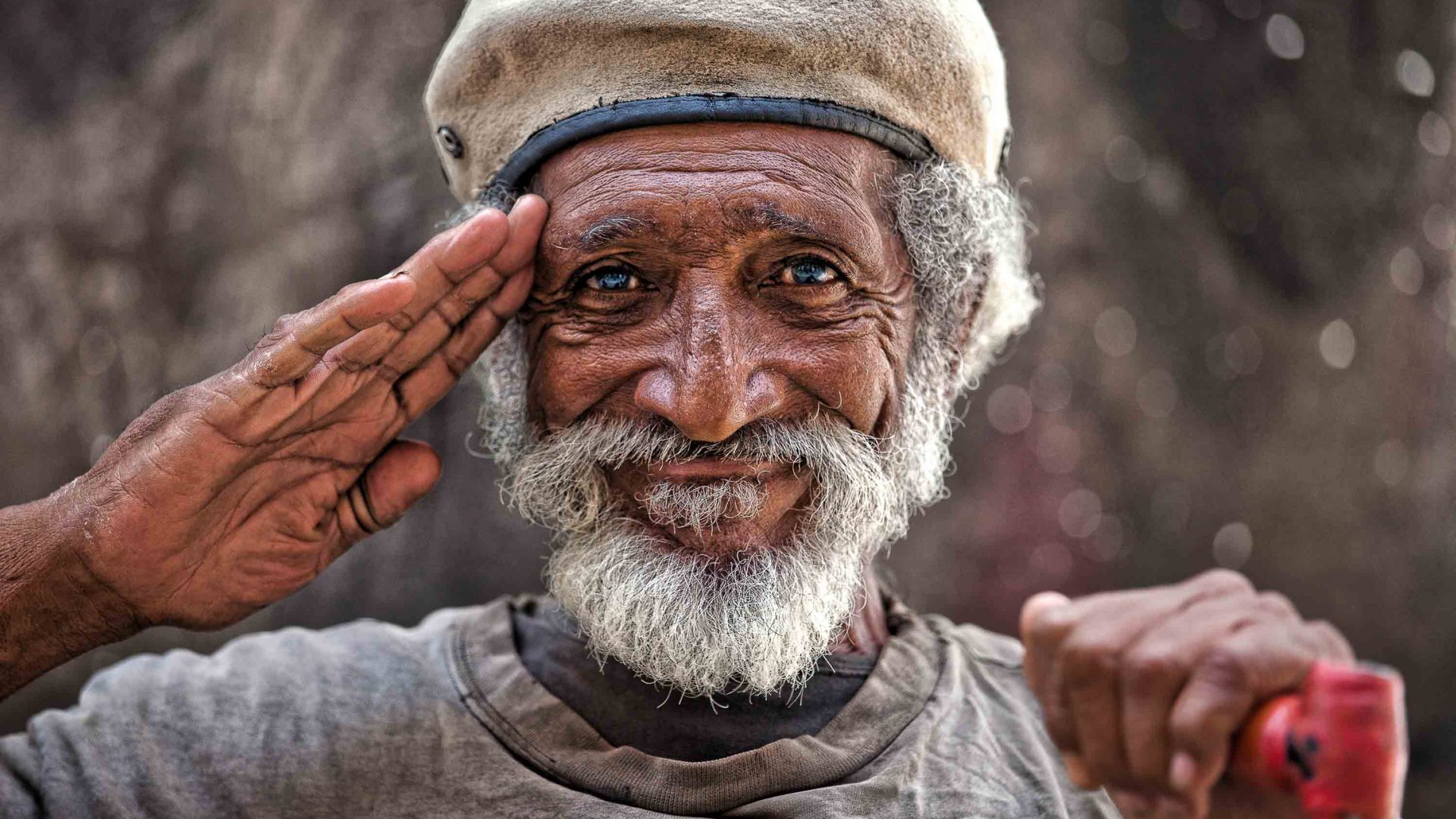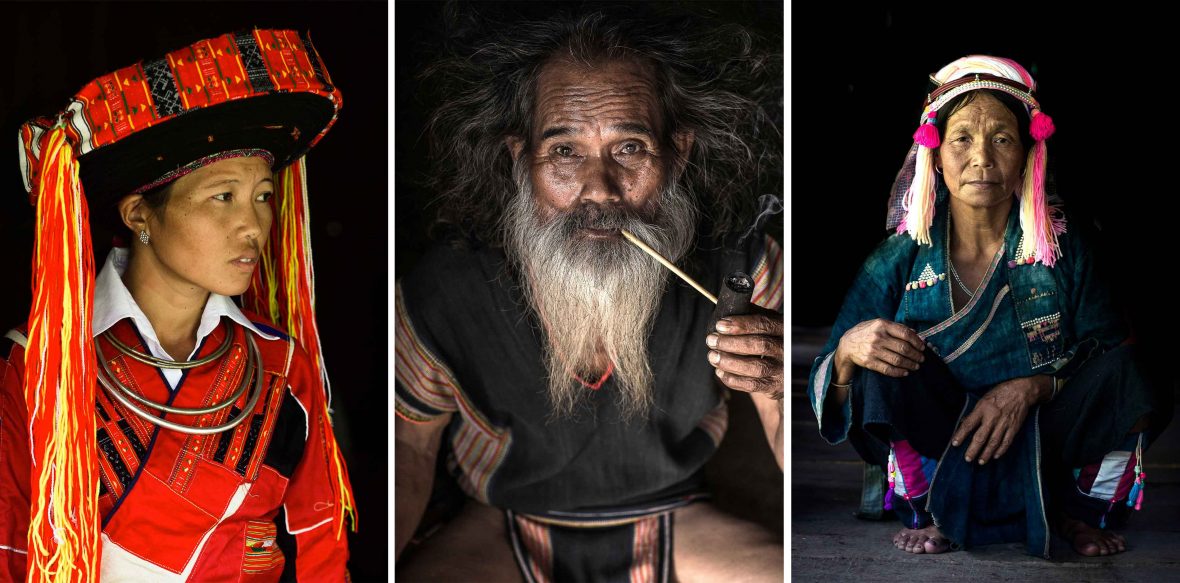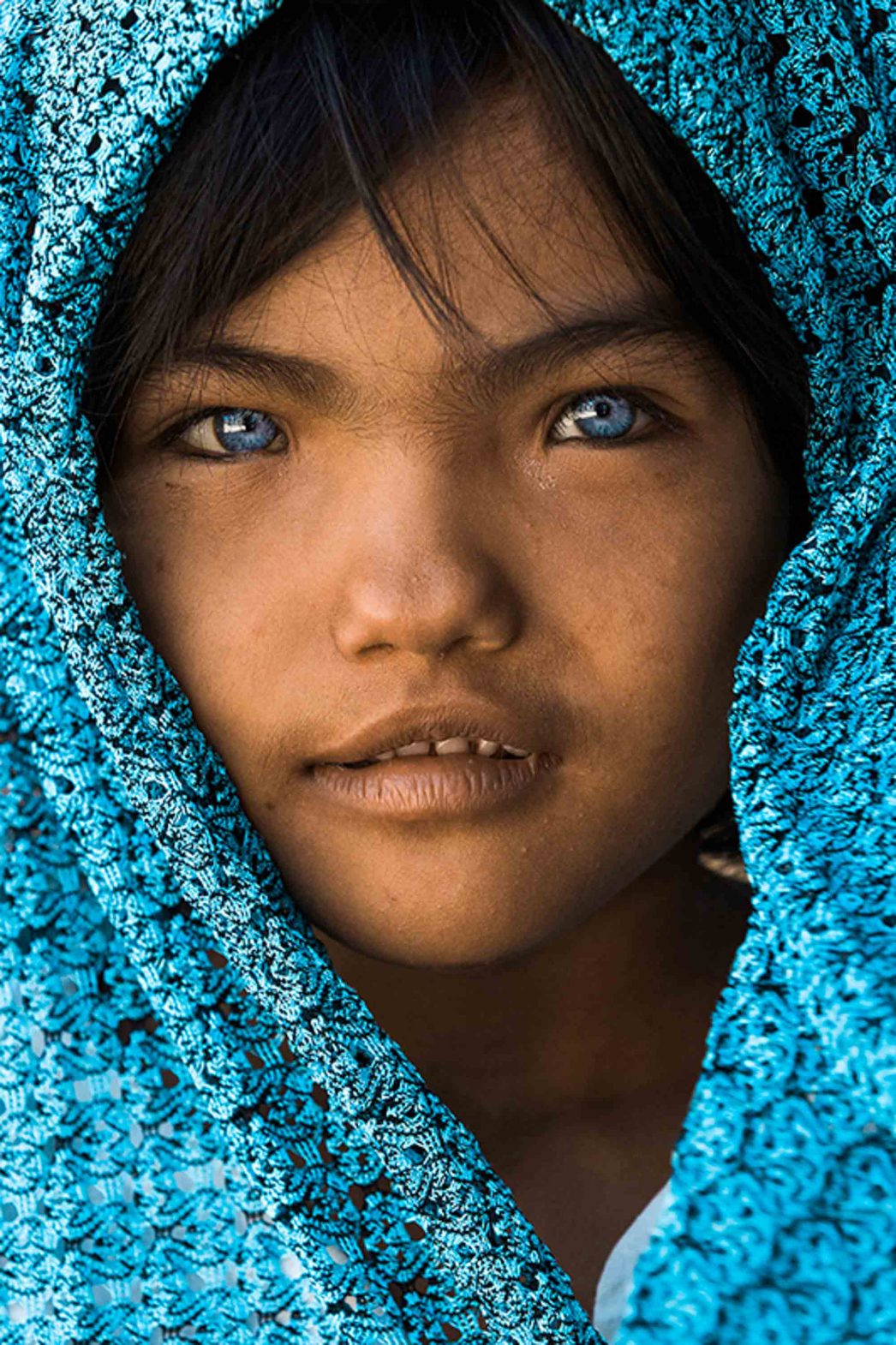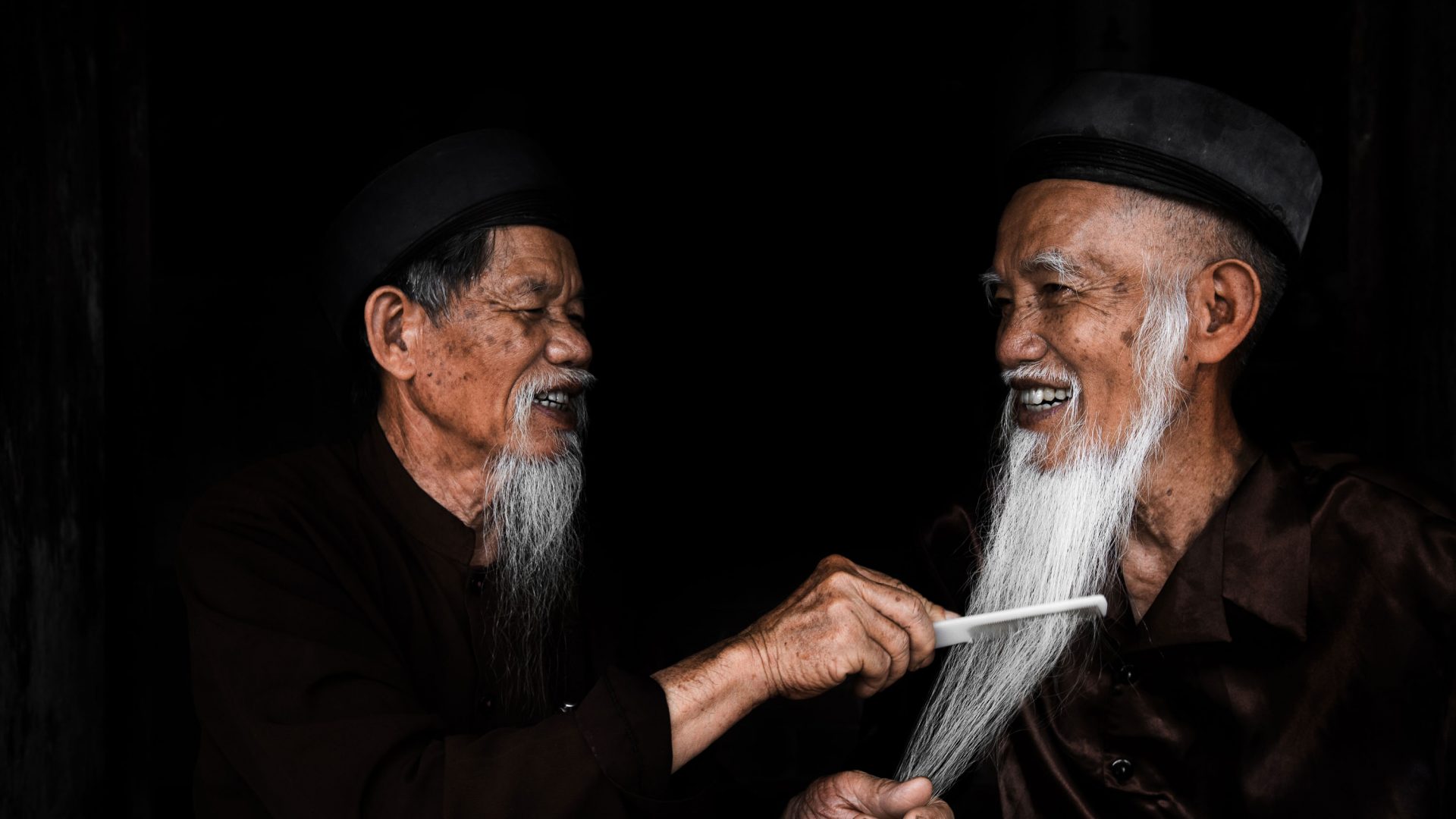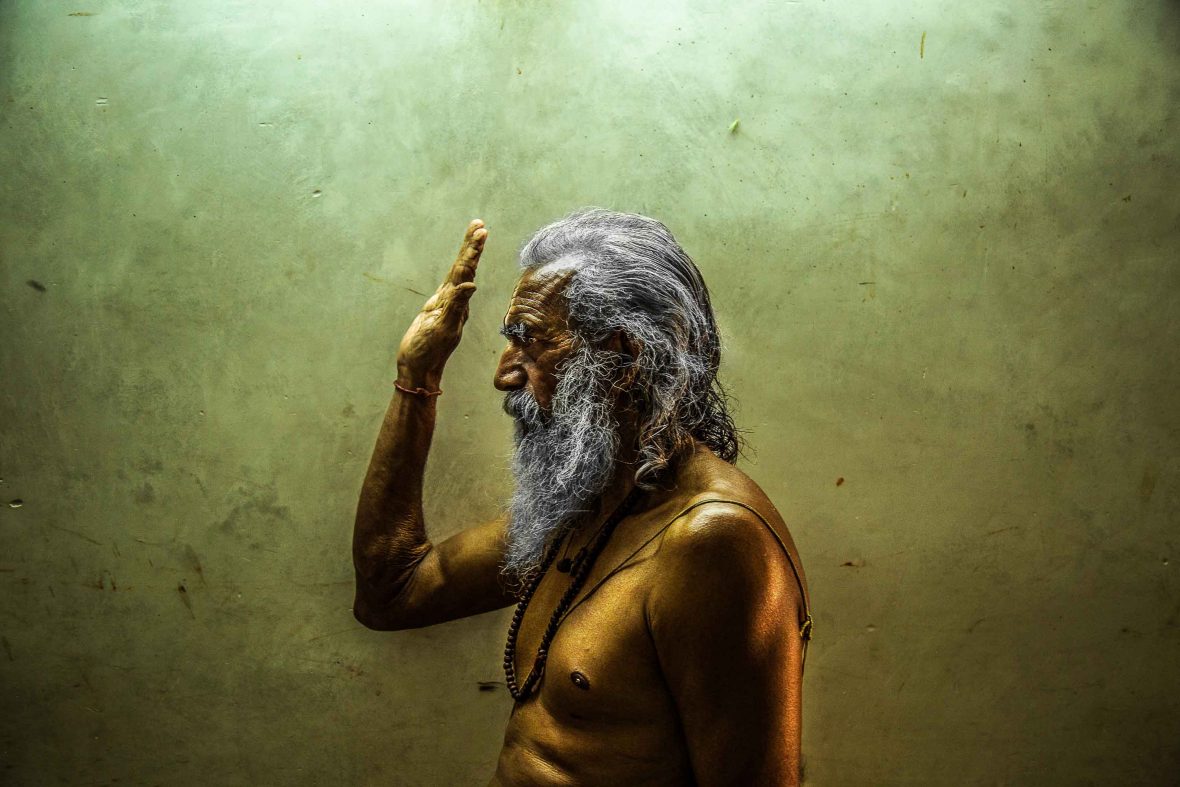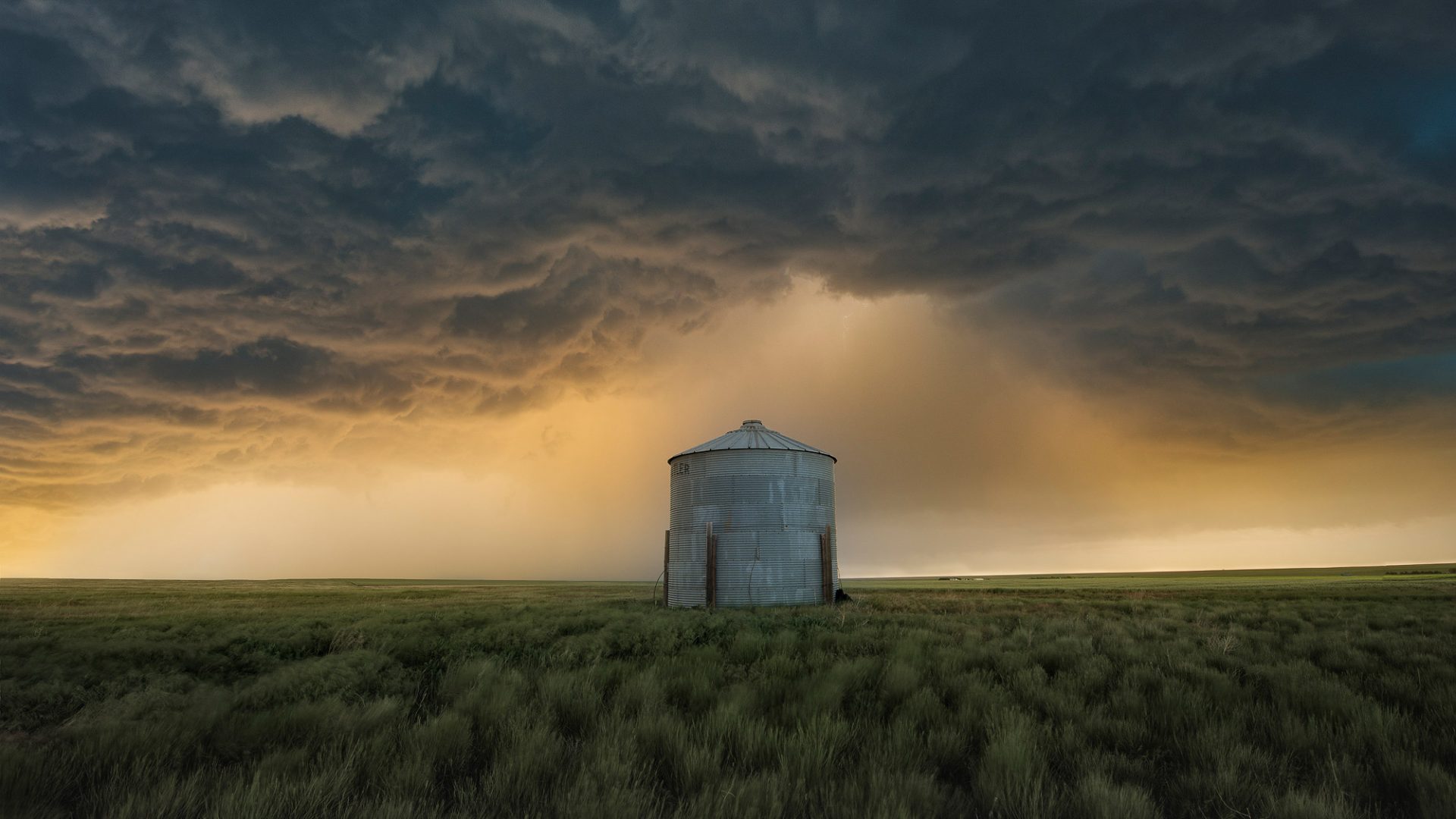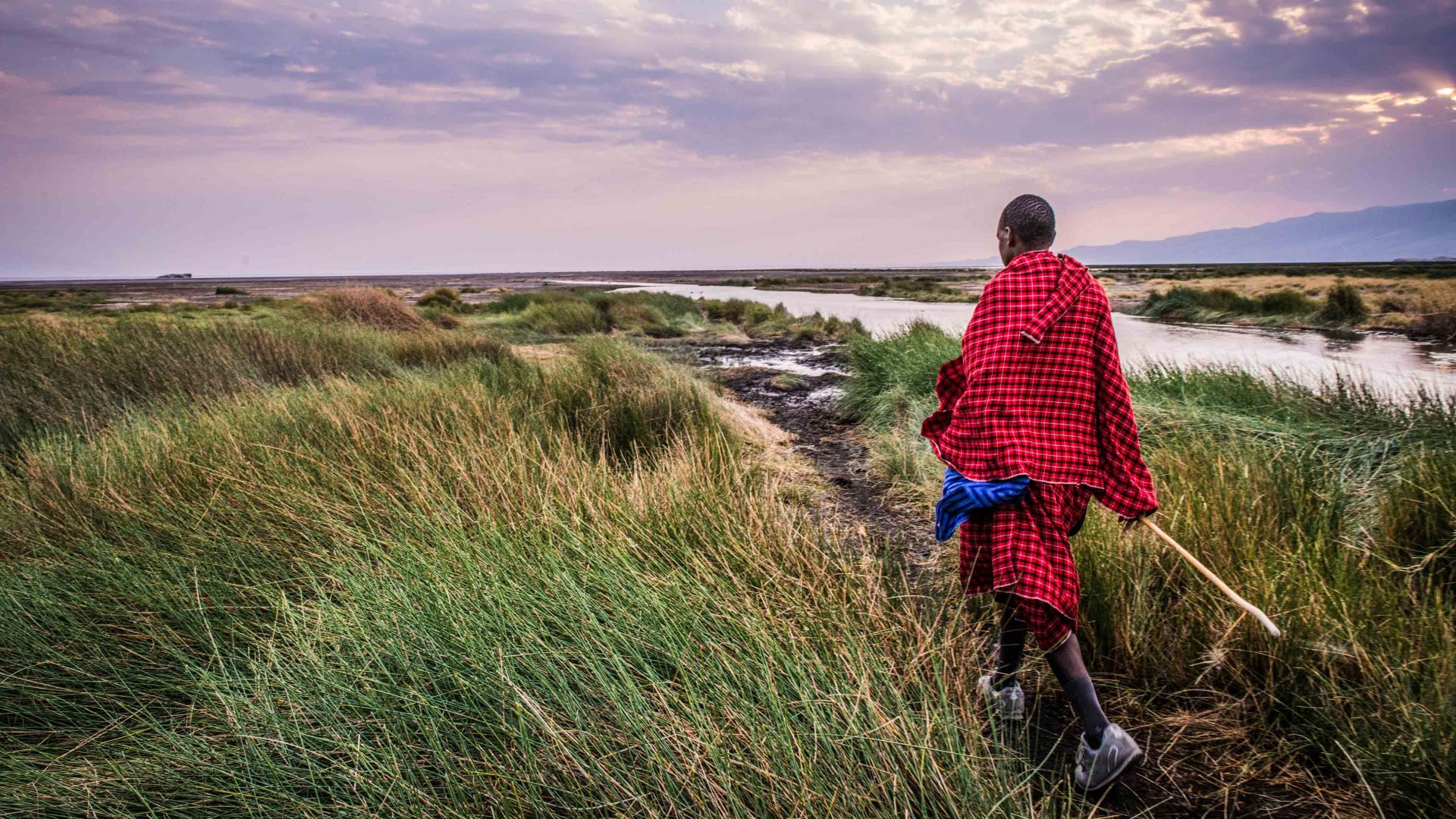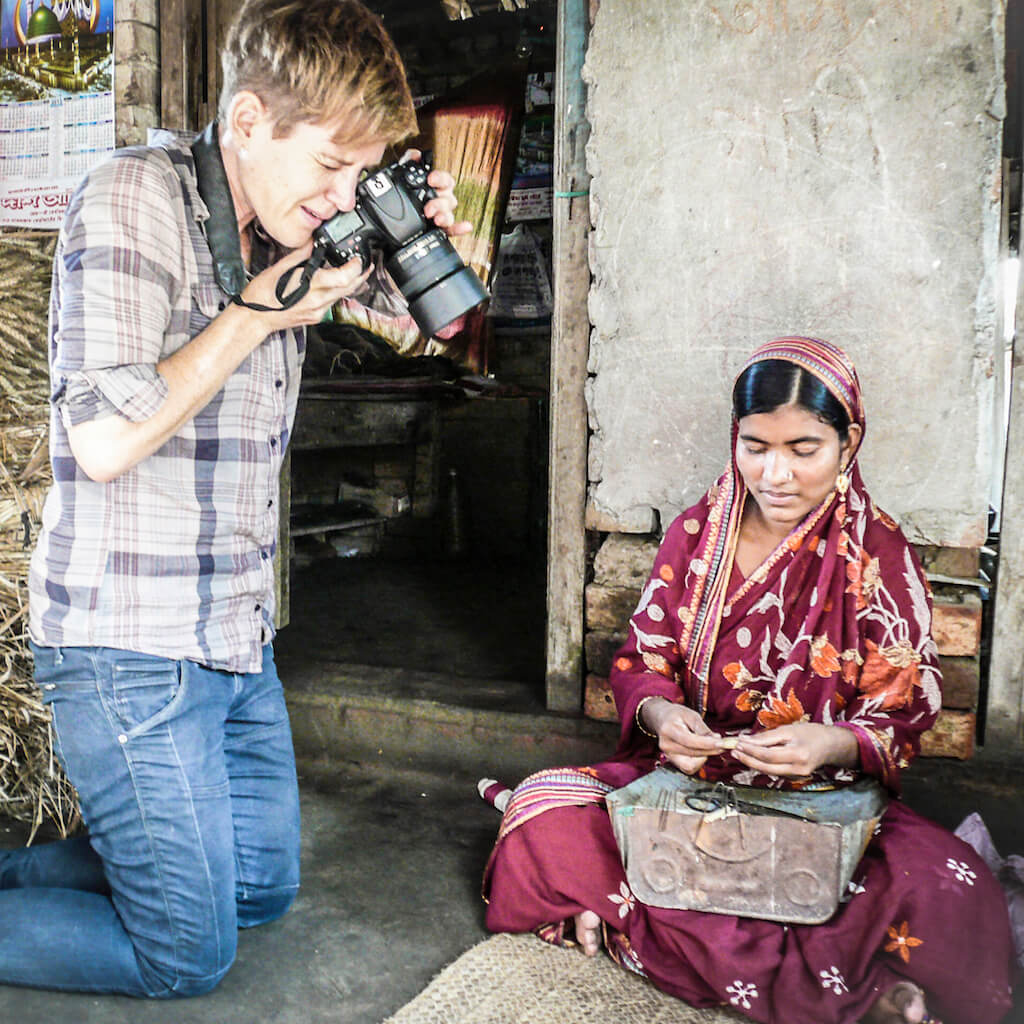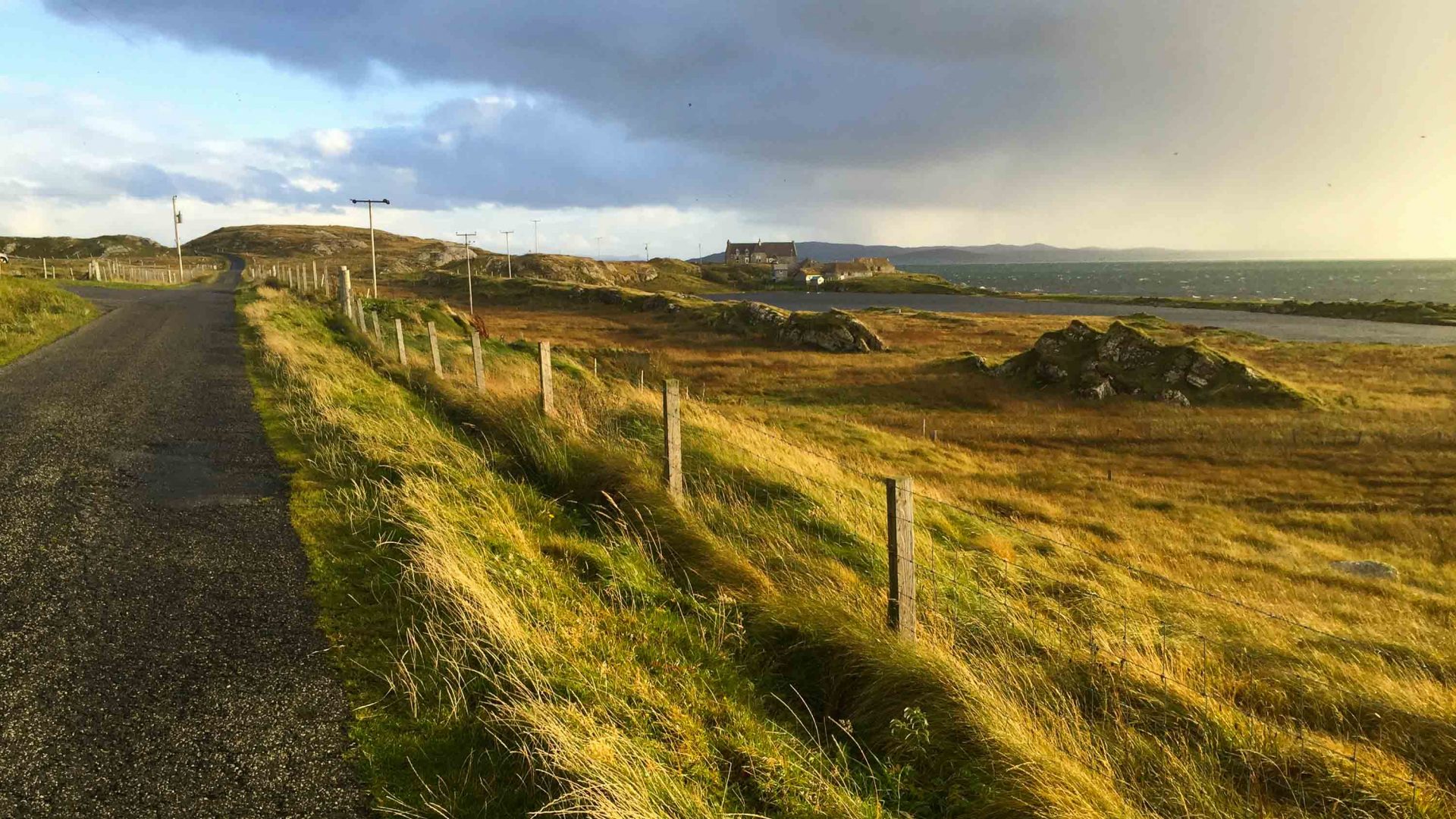“I don’t think it would be fair to make a living selling photos without trying to help the people that I photograph,” says travel photographer Réhahn. Graeme Green speaks to the man on a serious mission to give something back.
“I’m a ‘people person’,” says French travel photographer Réhahn. “I always spend a lot of time with the men and women in my pictures before taking their photo. Without them, of course, there wouldn’t be any photos.”
It’s this appreciation of the people in his pictures that lies behind his ‘Giving Back’ philosophy. Originally from Bayeux in Normandy, France, Réhahn has been living in Hoi An, a town on the central coast of Vietnam, since 2011, and become famous for his colorful portraits, taken in his adopted homeland and around the world.
Sometimes referred to as ‘the photographer who captures the soul’ of his subjects, his photos have earned him an impressive international following, including 483,000 Facebook followers. He’s published three books of his photography, including two on Vietnam, and his work is exhibited around the world, with shows from Singapore to France.
But he believes photography shouldn’t be a one-way process in which only the photographer benefits. And that’s why Réhahn has chosen a different path.
The people he photographs often become “friends or like family”, he says. The relationship he’s formed with one family in particular demonstrates how he spreads the benefits of his work. “I’ve met 49 out of the 54 ethnic groups of Vietnam,” Réhahn tells me. “I love them all but I had a very special time with the family of An Phuoc, a seven-year-old girl from the Cham tribe who has incredible blue eyes.”
“At first, An Phuoc’s family wasn’t keen on me taking pictures,” he says. “But by putting aside the camera and getting to know each other, we created a real bond. We spoke about their culture and they shared stories with me about their lives. I came back another day and proposed to help the family.”
Réhahn soon found out that Sapa, An Phuoc’s older sister, wanted to be a photographer, so he bought her a camera. “They’re now in my Giving Back project because the picture of An Phuoc is one of my bestselling photos,” he says. “I bought a cow for the family and bikes for the girls. I visit them three times a year and I also invited them to stay in my house in Hoi An twice last year.”
Many photographers who are less successful than Réhahn, including professionals, Instagrammers or camera-carrying tourists, won’t have the profits or resources to buy generous gifts. But giving back isn’t just about money, Réhahn argues; it can also be about giving time and respect.
“For me, it’s about establishing a respectful relationship with the person you’re photographing, so that they don’t feel like an object. Of course, if we make money from a picture, then the subject deserves to get paid. But if it’s a travel photograph, giving a smile or exchanging a few words is often enough to make the moment warm-hearted and sincere.
“It’s a very personal question for all photographers about how they could give something back to the people they photograph,” he concludes. “It differs for every person and the way they practise their art. But it’s always possible to give the subjects a copy of their picture to make it a memorable moment.”
—-


